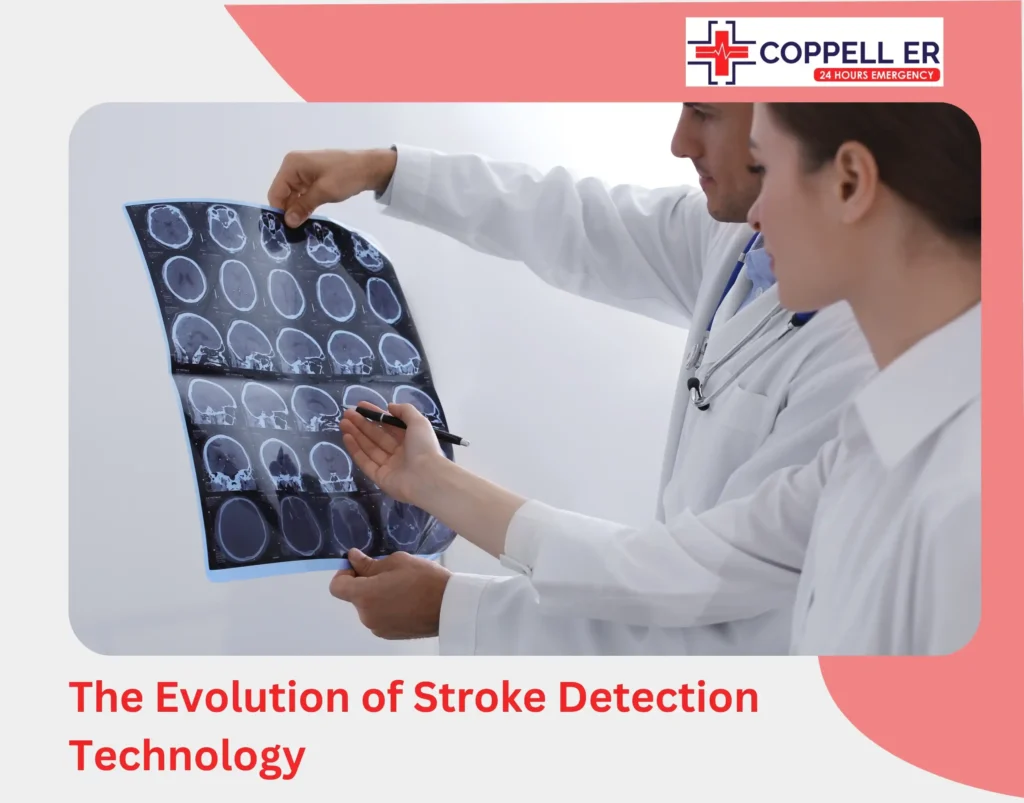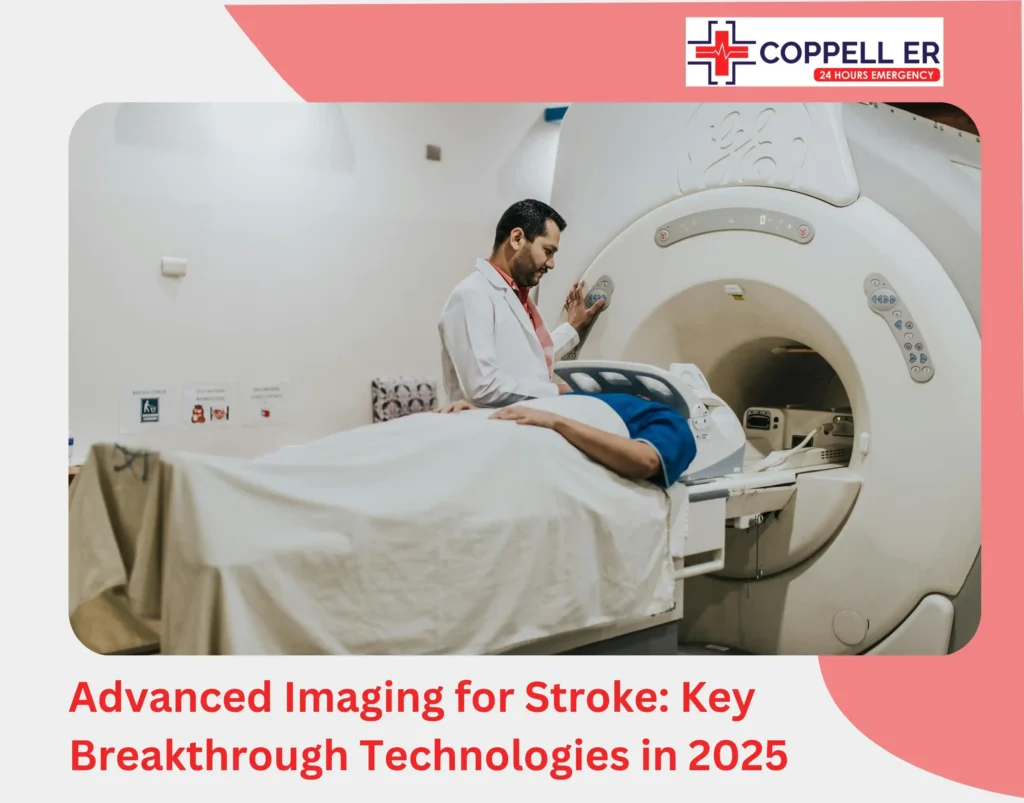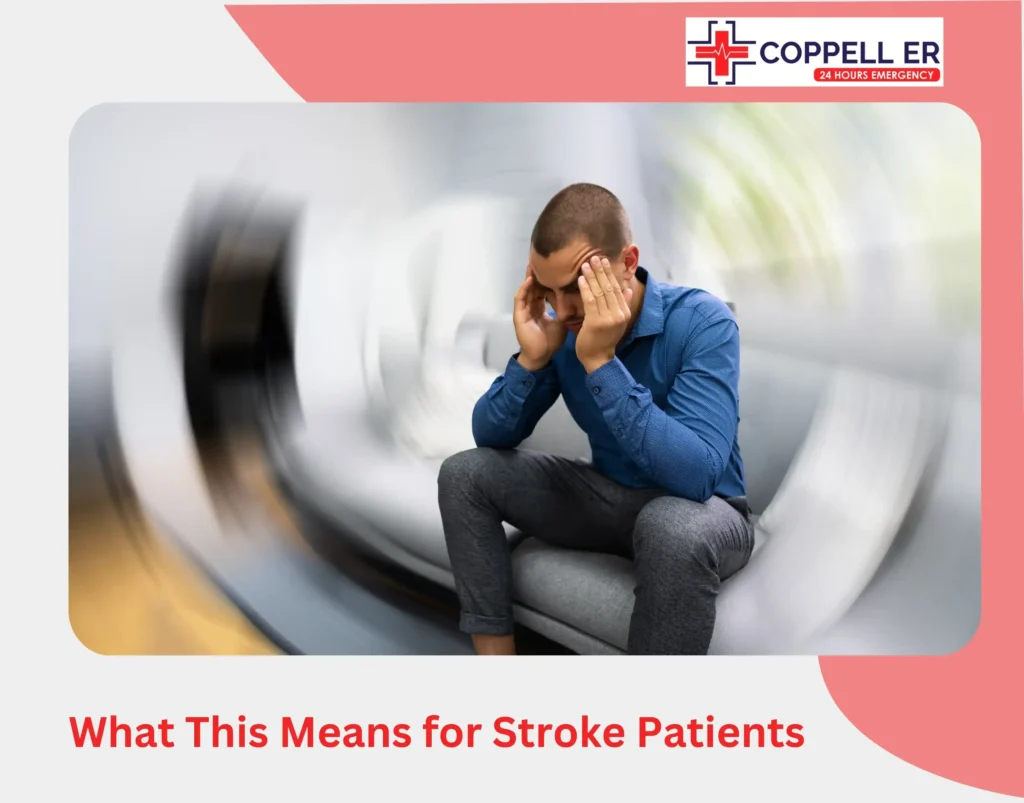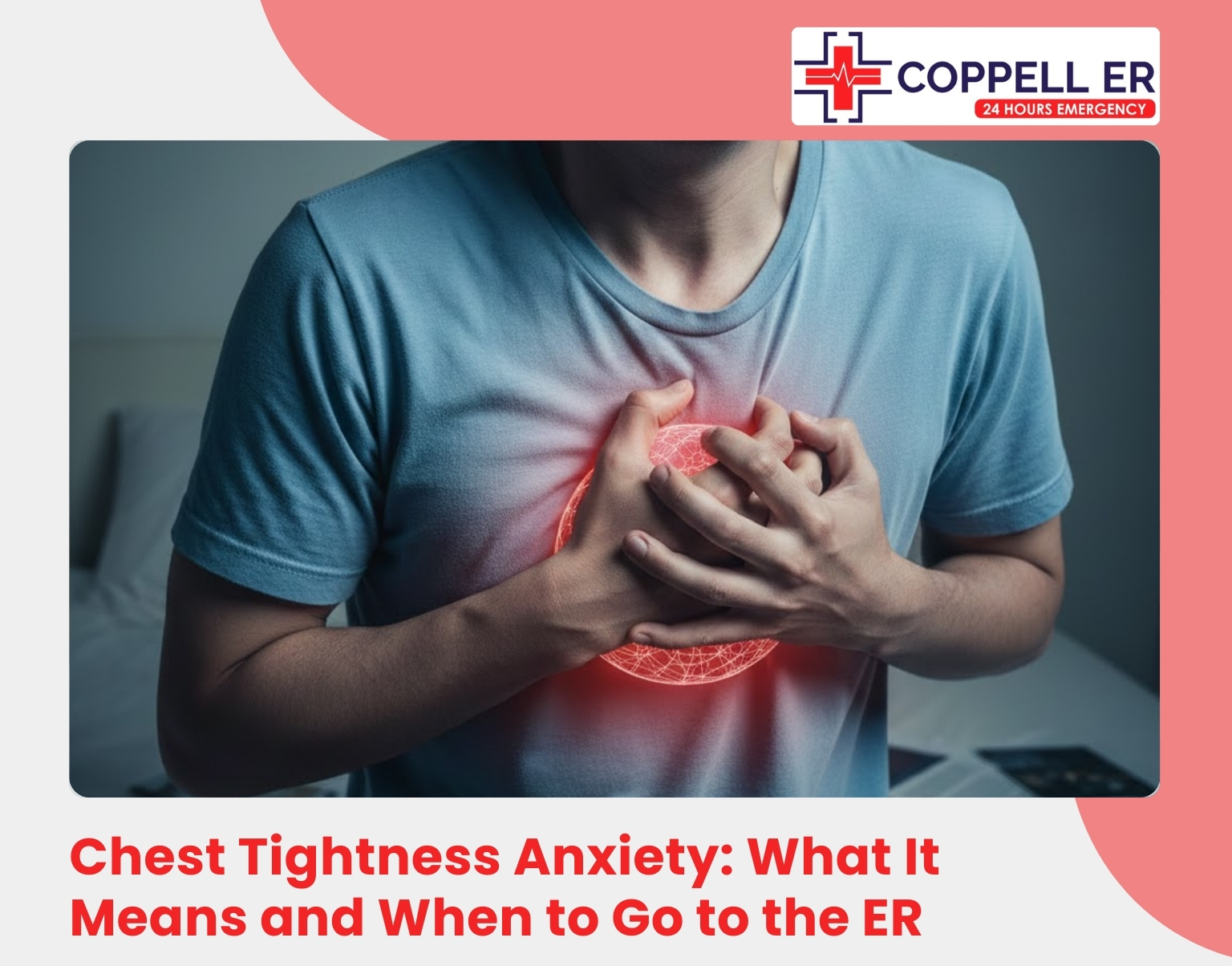When stroke symptoms appear, every minute costs about 1.9 million brain cells. That’s why modern emergency departments now use advanced imaging for stroke to quickly identify what’s happening in the brain.
New stroke diagnosis technology has eliminated much of the guesswork. ER stroke imaging now reveals precise details about brain damage location, blood flow patterns, and tissue viability that were impossible to detect just years ago.
Let’s explore the advancements in stroke imaging and how they help doctors make informed treatment decisions in cerebrovascular emergencies.
The Evolution of Stroke Detection Technology

Why Traditional Methods Fell Short:
- CT scans often failed to detect early ischemic changes
- Limited vascular information for treatment decisions
- Slow processing times delayed critical interventions
- Human interpretation errors could miss subtle findings
The journey toward today’s advanced imaging for stroke began with a simple truth. Every minute that passes during a stroke, millions of neurons die, making rapid diagnosis and intervention crucial for patient survival and recovery.
Modern Improvements in Stroke Diagnosis Technology
- AI-assisted analysis: Computer algorithms help identify stroke patterns that may be difficult to spot quickly
- Faster detection: Technology speeds up stroke identification and provides severity assessments
- Enhanced imaging quality: Brain scan advancements reveal clearer details about damaged areas
- Integrated approaches: ER stroke imaging combines different scan types for better assessment
Modern stroke diagnosis technology gives emergency physicians detailed information about brain structure and blood flow patterns. These brain scan advancements help medical teams make faster decisions about patient care and transfer needs.
Advanced Imaging for Stroke: Key Breakthrough Technologies in 2025

Emergency departments are equipped with powerful imaging tools that make stroke diagnosis faster, more accurate, and more accessible. These innovations enhance image quality and have redefined how and where stroke evaluation happens.
Ultra-High-Field MRI Systems
Designed for speed and clarity in emergency settings:
- Fast scanning: Captures detailed stroke scans in under 5 minutes
- Compact design: Built specifically for use in emergency departments
- Detailed imaging: Shows brain tissue status, blood vessels, and signs of bleeding
- Instant results: Supports quicker treatment decisions with real-time processing
Portable CT Perfusion Scanners
A breakthrough in stroke diagnosis technology, especially for bedside care:
- Mobile use: Can be wheeled directly to the patient
- Perfusion maps: Visualizes blood flow across the brain
- Quick results: Produces images within minutes
- Tissue assessment: Differentiates between salvageable and damaged brain areas
Hybrid Imaging Systems
An all-in-one approach to streamline ER stroke imaging:
- Multi-scan capability: Combines CT, MRI, or angiography in one system
- No patient transfers: Imaging completed without moving the patient
- Faster diagnosis: Cuts down on time between scans
- Comprehensive view: Enables full stroke evaluation in one session
Molecular Imaging Techniques
Pushing the boundaries of early stroke detection:
- Targets stroke biomarkers: Detects stroke-related proteins
- Early detection: Finds changes before standard imaging does
- High sensitivity: Identifies subtle or early brain injury
- Cellular insights: Reveals damage at the molecular level
Artificial Intelligence Integration in Stroke Imaging
Artificial intelligence is reshaping how emergency teams diagnose and manage strokes. Modern AI-integrated imaging tools can detect strokes with over 95% accuracy, often analyzing scans in real time and flagging issues as the images are being captured.
These systems identify blockages, score stroke severity, and predict likely outcomes within seconds. By removing inconsistencies in interpretation and providing clear, structured reports, AI helps doctors act faster, prioritize care, and choose the right treatment path.
What This Means for Stroke Patients

The rise of advanced imaging for stroke isn’t just a technological upgrade, it directly improves patient care and outcomes:
- Faster treatment: With quicker diagnosis from modern stroke diagnosis technology, patients can receive life saving treatments like tPA or thrombectomy sooner, improving chances of recovery.
- More accurate diagnosis: Enhanced ER stroke imaging reduces the risk of misdiagnosis, ensuring patients receive the right intervention at the right time.
- Targeted care plans: Detailed imaging and advanced equipment allow doctors to tailor treatments based on the location, severity, and type of stroke rather than relying on one-size-fits-all approaches.
- Better long-term outcomes: The ability to identify salvageable brain tissue means more patients can recover with fewer disabilities and a higher quality of life.
- Peace of mind in emergencies: For families and patients, knowing that advanced tools and rapid brain scan advancements are in place provides confidence during critical stroke emergencies.
Key Takeaway
Advanced imaging for stroke has transformed emergency medicine by cutting diagnosis time from hours to minutes. This speed directly translates into saved brain tissue and better recovery outcomes for patients.
When stroke symptoms strike, rapid imaging assessment becomes the difference between minimal damage and lasting disability. Emergency departments equipped with modern stroke diagnosis technology can quickly identify the problem and connect patients with the right level of care.
FAQs
4. What imaging modality is used for stroke?
CT scans and MRIs are the most commonly used imaging tests. CT scans are quick and help detect bleeding, while MRIs provide more detailed images and can identify early or small strokes.
2. What is the new hope for stroke patients?
Personalized medicine, AI-guided imaging, mobile stroke units, and early intervention therapies are giving patients better chances of recovery. These innovations lead to faster diagnosis, more targeted treatment, and improved long-term outcomes.
3. What is the new device for stroke rehabilitation?
New tools like robotic exoskeletons, brain-computer interfaces (BCIs), and electrical stimulation devices are helping stroke survivors regain movement and function more effectively. These devices are used in therapy to retrain the brain and body together.




